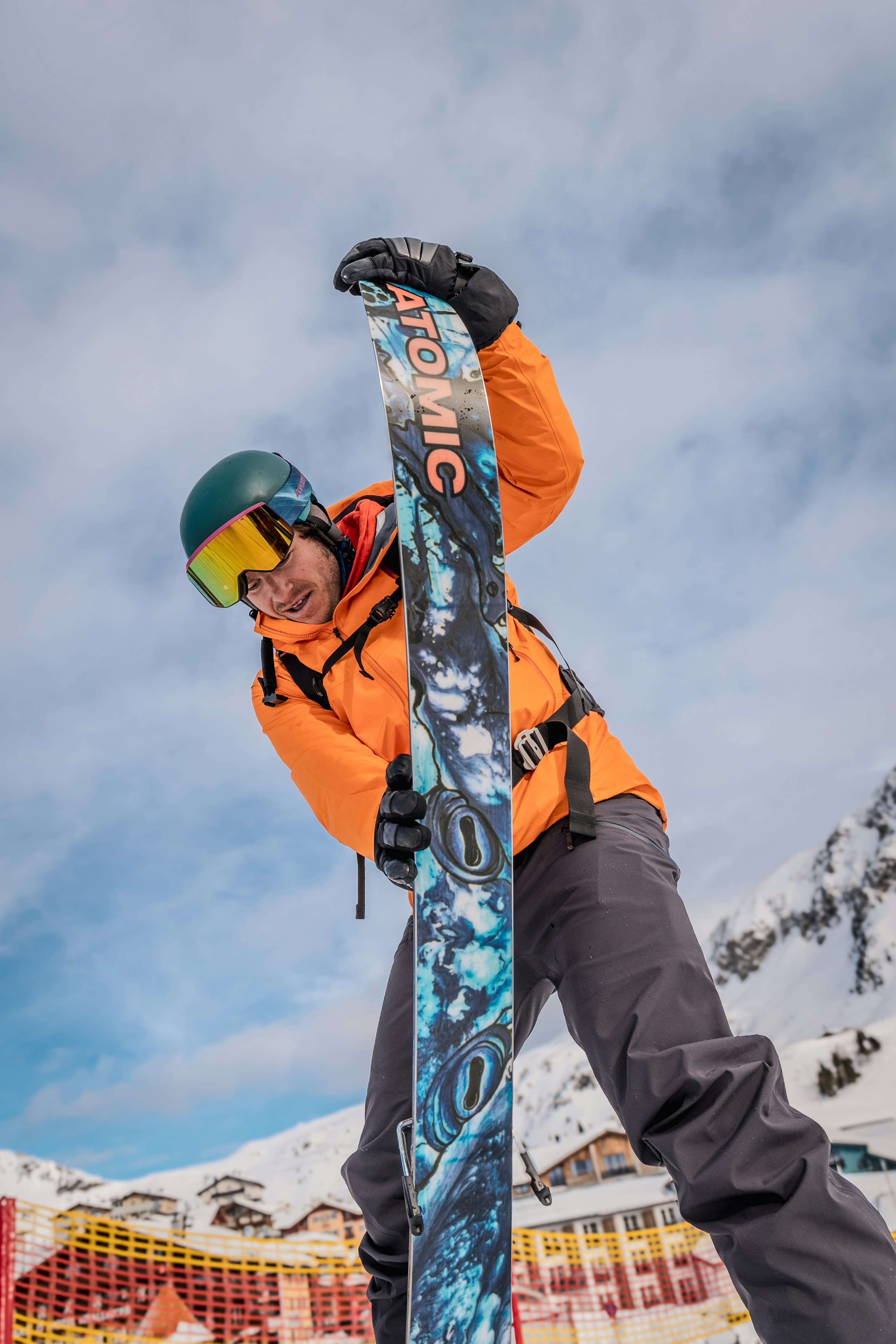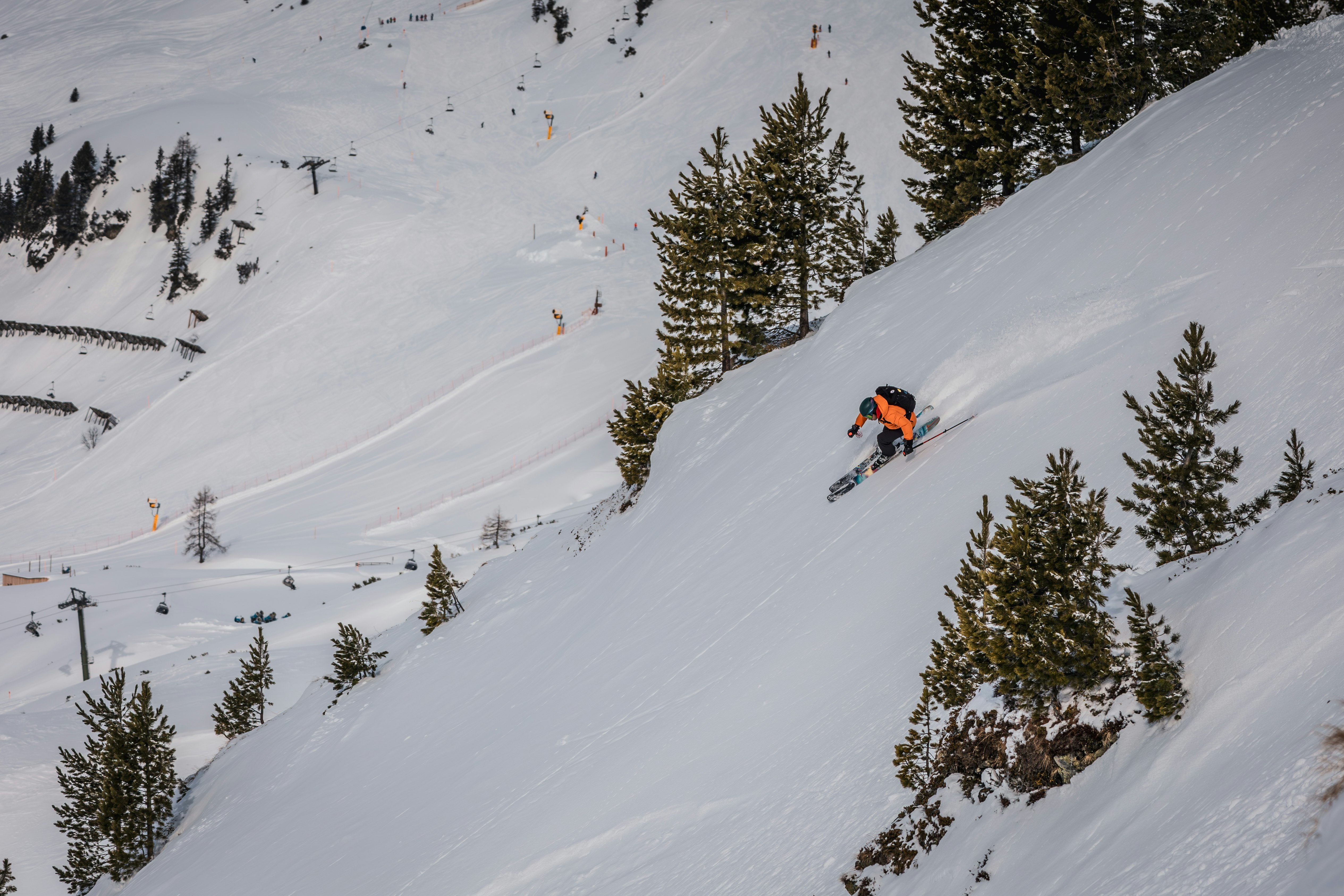Atomic Bent Chetler 120
The Bent Chetler family gets a refresh: discover the new 120 model, developed for deep powder
- Author: Michele Guarneri
- Photographer: Michele Guarneri
The Bent family, which takes its name from freeski legend Chris Benchetler, who also designs the graphics that make these skis so unique and sought after (and has done since 2008), has long set the bar for backcountry freestyle. The collection is famed for its ability to adapt to different styles and terrain, as well as its new school outlook. Designed to handle everything from big mountains to jibbing, these skis stand out thanks to their bright colors, central mount and trademark HRZN tip/tail.

Creativity is at the heart of the line, which is popular with FWT athletes as well as younger skiers trying to find the flow in all conditions. Following in the wake of the Backland range, from winter 2024–25 the construction of the two most popular models (the 100 and 120) is due to evolve, becoming more stable and solid, reducing its environmental impact in the manufacturing phase.
Edoardo Longo
The iconic Bent Chetler 120 is used in the vast majority of freeride competitions (from next season it’ll be joined by the Maverick 115), and is also incredibly popular with strong freetourers, who often pair it with a hybrid, or sometimes even pin, binding (as long as it’s from a trusted source). The surprising thing about this ski is its weight: the 184 comes in at 1,800 g, not exactly the norm for a ski that’s 120 mm underfoot. The internal structure is made from lightweight, flexible poplar, while the Carbon Backbone used in previous models has been swapped out for an ash insert also used in the Backland line, along with a little fiberglass. This new design, as well as increasing the strength of the mounting area by around 10%, also reduces CO2 emissions by 13% compared to the 2022 model. Tip and tail have also been upgraded, with the HRZN tech, famed for its improved float without adding weight, swapped for the HRZN 3D Bent, which is even lighter and more powerful.

«The internal structure is made of lightweight and flexible poplar wood.»
On the snow you can really feel the difference: the switch from carbon to wood dampens vibrations to a minimum on hard, icy terrain, increasing support when driving the ski without compromising on suppleness and elasticity.
This means you can use it not just on powder, but (without taking it to extremes) on steep sections or uneven crud. At its heart, it’s still an easygoing ski, a tool for trying out tricks in the backcountry. The style is more mellow flow than aggressive giant slalom-style carving. Its natural habitat is powder, from open terrain to sparse woods, where despite its beefy shape it’s surprisingly agile. For freetouring with lots
Specifiche tecniche
The Brand

Share this article

